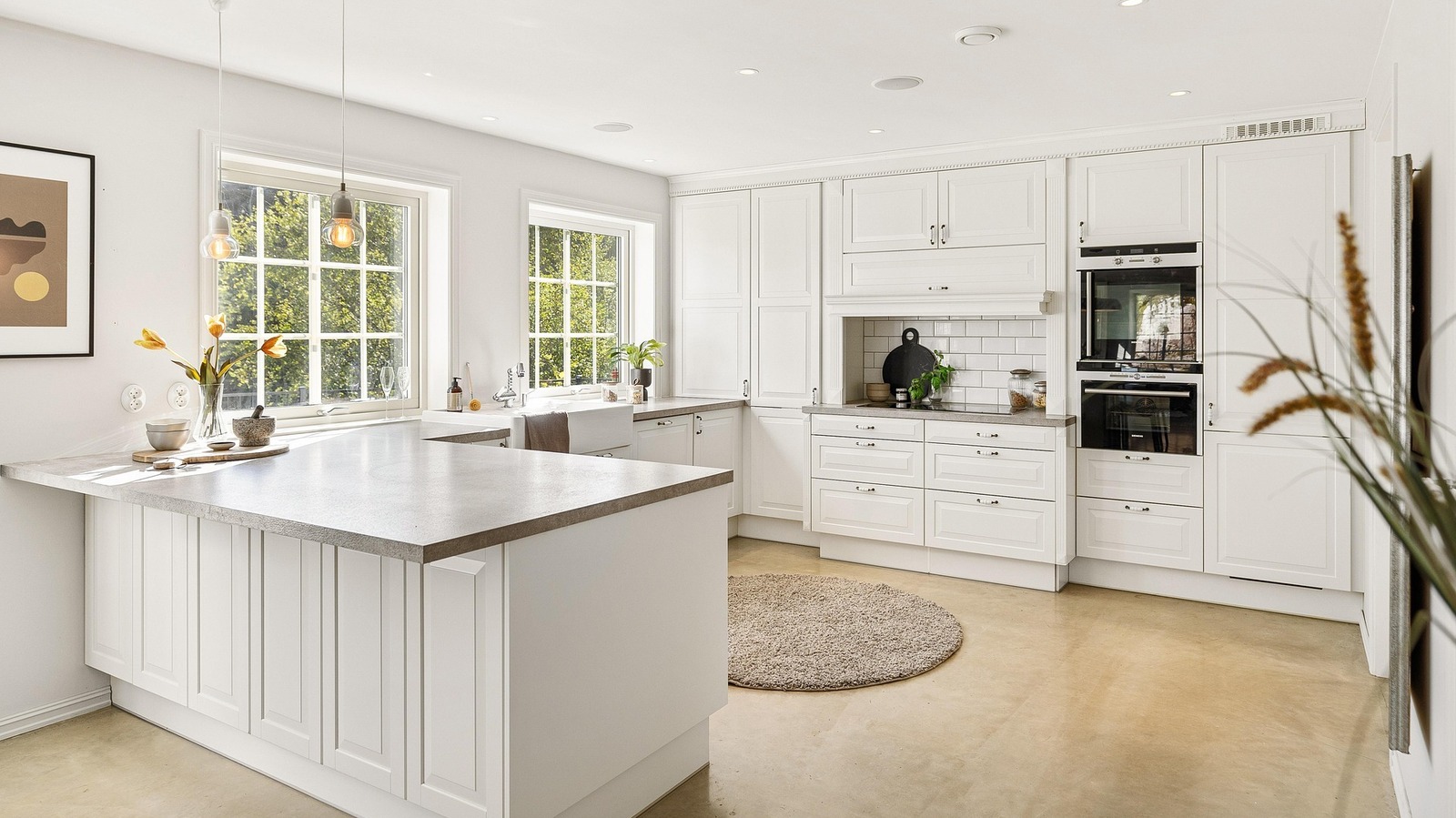
"Kitchen remodeling is all about seeking inspiration and exploring your options. For those considering countertops, soapstone offers both timeless elegance and impressive functionality. And, with biophilic trends bringing natural elements into kitchens, what better time to explore stone surfaces? This non-porous material ages like fine wine, gradually darkening over time. Still, soapstone is more than just a pretty surface. For the savviest shoppers, when picking the perfect countertop material for your kitchen, usage patterns are a key factor."
"Soapstone is largely damage-proof; the material is extremely heat- and chemical-resistant, hence why you might want to consider soapstone countertops if you cook a lot. The only common misconception is that soapstone has limited variations. While its coloring straddles a predominantly monochrome range, each piece has a distinctive individuality, from green tints to dramatic veining. Keep an open mind. Practical yet aesthetic, these stunning soapstone countertops might inspire your kitchen remodel."
Soapstone countertops offer timeless elegance and practical performance for kitchens. The material is non-porous and darkens gradually over time, developing a patina. Soapstone is highly heat- and chemical-resistant and largely damage-proof, making it well suited for heavy cooking and frequent use. Usage patterns should guide countertop selection, as soapstone performs best where durability and low maintenance are priorities. Color variations exist despite a mostly monochrome range; individual slabs can show green tints and dramatic veining. Soapstone supports biophilic design trends by bringing natural stone textures into kitchen spaces.
Read at Tasting Table
Unable to calculate read time
Collection
[
|
...
]